Top courses

Business Analysis Masterclass - Platinum
(5)
(2 Reviews)
11:52:12 Hours
16 Lectures
Beginner


₦850000₦720000
Last updated Thu, 12-Jan-2023
16 Lessons
11:52:12 Hours
English
Who is this course for? Business Analysts, Project Managers, Consultants, IT Professionals and anyone who wants to increase his/her ability to effective deliver business solutions.
You will have hands-on experience on live projects to add to your resume.
- Business Analysis Fundamentals- Understand the term
- Hands On Learning: Creating Requirements Documents- Learn how to document BRD (Business Requirements Document), FRD (Functional Requirements Document), Use Case & User Story
- Learn Software Engineering Processes: Learn Agile Scrum Process, Waterfall Methodology & RUP (Rational Unified Process)
- Hands On Learning: UML (Unified Modeling Language)- Learn how to create Use Case Diagram, Activity Diagrams & State Diagrams
- Requirement Gathering Techniques- Via live simulation of requirement gathering session, understand how to gather requirements from Subject Matter Experts
- Requirement Gathering Techniques- Via live simulation of requirement gathering session, understand how to gather requirements from Subject Matter Experts
- Hands On Learning: Documenting User Stories
- Real Time Business Analyst Interview Simulation
- Business Process Mapping
- Product Backlog Prioritization and Management
- Understand Traceability and advantages of Traceability Matrix, Business Analyst role recap.
- Free Career Branded Website with one year hosting
- CV and LinkedIn Optimization

Masterclass for Scrum Masters and Product Owners - Basic
(0)
(0 Reviews)
10:28:19 Hours
8 Lectures
Beginner


₦255000₦200000
Last updated Wed, 11-Jan-2023
8 Lessons
10:28:19 Hours
English
Complete Agile and Scrum Masterclass with Expert Advice: Practice Agile and Scrum for Scrum Masters and Product Owners.
- Agile Methodology and Scrum Principles
- Scrum Events and Ceremonies
- Requirement Documentation (BRD, FRD)
- Writing User Stories and Acceptance Criteria
- Product Backlog Prioritization and Management
- Estimation and Change Request
- Burndown Chart
- RAID Log

Business Process Mapping - Basic
(0)
(0 Reviews)
00:00:00 Hours
0 Lectures
Beginner


₦150000₦130000
Last updated Wed, 11-Jan-2023
0 Lessons
00:00:00 Hours
English
Business process Mapping (BPM) is the mapping and analysis of business processes to identify areas for improvement. Using BPM software to optimize processes allows organizations to eliminate time consuming and repetitive tasks, improve employee efficiency, reduce time to market and provide a better customer experience.
- Start your career in BPM and become a BPM specialist.
- Learn Business Process Management from a world-leading expert.
- Learn Business Process Management from a world-leading expert.
- Learn what makes a great BPM Analyst.
- Learn how to build a Process Architecture.
- Learn how to use industry-leading BPM tools.
- Learn how the professionals model using Microsoft Visio Professional.

Hands-on Projects for Business Analyst - Platinum
(0)
(0 Reviews)
00:00:00 Hours
0 Lectures
Beginner

₦280000
Last updated Wed, 11-Jan-2023
0 Lessons
00:00:00 Hours
English
- Technical knowledge transfer from experienced Business Analyst
- Maximize return on your training investment
- Deal with real life scenarios and solve genuine problems
- Speedy adoption and implementation of skills
- Innovative, relevant and immersive learning

Project Management Professional Course - Basic
(0)
(0 Reviews)
00:00:00 Hours
0 Lectures
Beginner

₦150000
Last updated Tue, 13-Jun-2023
0 Lessons
00:00:00 Hours
English
Project Management is the application of skills, techniques and knowledge and processes to manage projects, so as to deliver project goals and objectives on time, within budget and according to requirement (within the scope). This course is about getting things done which has become a key element in business success worldwide.
- Gain the project management knowledge and skills, necessary to manage an entire project
- Perform a complete case study of a project from the beginning to the end, observing real-life project scenarios
- Understand the project manager role and acquire the skills needed to become successful in the profession
- Study Waterfall and Agile project management, performed with Scrum
- Learn the fundamental theory and best practices of project management
- Project Procurement Management: This includes contract management, incorporating the change control processes needed for developing and administering contracts issued by project team.
- Project Scope Management: Project Scope can be defined as the work required to be done in order to successfully complete a project.

Project Management Professional Course - Platinum
(0)
(0 Reviews)
00:00:00 Hours
0 Lectures
Beginner

₦260000
Last updated Tue, 13-Jun-2023
0 Lessons
00:00:00 Hours
English
Project Management is the application of skills, techniques and knowledge and processes to manage projects, so as to deliver project goals and objectives on time, within budget and according to requirement (within the scope). This course is about getting things done which has become a key element in business success worldwide.
- Gain the project management knowledge and skills, necessary to manage an entire project
- Perform a complete case study of a project from the beginning to the end, observing real-life project scenarios
- Understand the project manager role and acquire the skills needed to become successful in the profession
- Study Waterfall and Agile project management, performed with Scrum
- Learn the fundamental theory and best practices of project management
- Project Procurement Management: This includes contract management, incorporating the change control processes needed for developing and administering contracts issued by project team.
- Project Scope Management: Project Scope can be defined as the work required to be done in order to successfully complete a project.
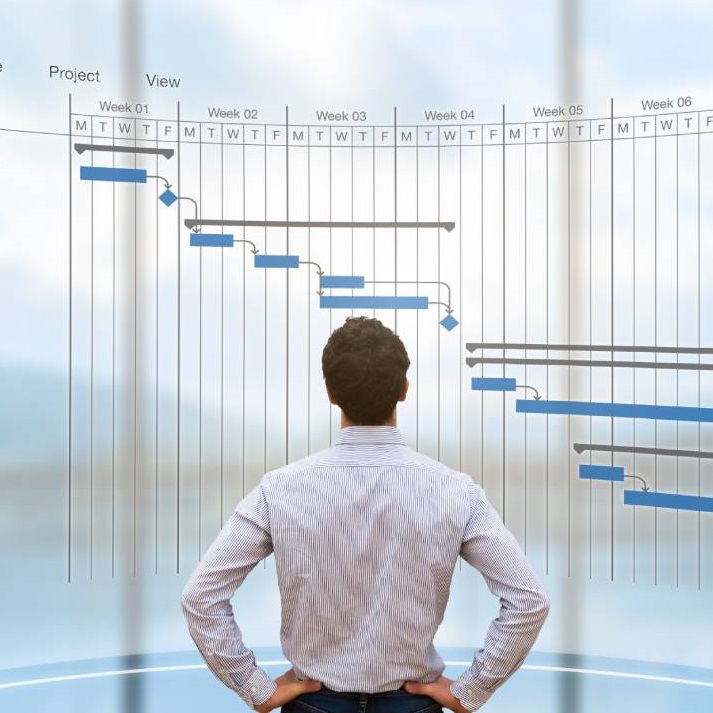
Project Management Professional Course - Standard
(0)
(0 Reviews)
00:00:00 Hours
0 Lectures
Beginner

₦180000
Last updated Wed, 07-Jun-2023
0 Lessons
00:00:00 Hours
English
Project Management is the application of skills, techniques and knowledge and processes to manage projects, so as to deliver project goals and objectives on time, within budget and according to requirement (within the scope). This course is about getting things done which has become a key element in business success worldwide.
- Gain the project management knowledge and skills, necessary to manage an entire project
- Perform a complete case study of a project from the beginning to the end, observing real-life project scenarios
- Understand the project manager role and acquire the skills needed to become successful in the profession
- Study Waterfall and Agile project management, performed with Scrum
- Learn the fundamental theory and best practices of project management
- Project Procurement Management: This includes contract management, incorporating the change control processes needed for developing and administering contracts issued by project team.
- Project Scope Management: Project Scope can be defined as the work required to be done in order to successfully complete a project.

Structured Query Language (Basic)
(0)
(0 Reviews)
00:00:00 Hours
0 Lectures
Beginner

₦200000
Last updated Tue, 08-Aug-2023
0 Lessons
00:00:00 Hours
English
Learning SQL is one of the fastest ways to improve your career prospects as it is one of the most in demand tech skills! In this course you'll learn quickly and receive challenges and tests along the way to improve your understanding!
- Introduction to Databases and SQL: Understand what databases are, why they are important, and how SQL is used to interact with them.
- SQL Syntax Basics: Learn the basic syntax of SQL, including how to create, modify, and delete databases and tables.
- Data Retrieval: Master the use of SELECT statements, and learn how to retrieve single or multiple data records from a database.
- Filtering, Sorting, and Calculating Data: Discover how to use WHERE, ORDER BY, and aggregate functions to manipulate and analyze your data.
- Joining Tables: Learn how to use JOINs to combine data from two or more tables based on a related column.
- Subqueries and Nested Queries: Understand how to use subqueries and nested queries to retrieve data that depends on the results of other queries.
- Modifying Data: Learn how to use INSERT, UPDATE, and DELETE statements to add, change, or remove data in a database.
- Advanced SQL Concepts: Dive into more advanced topics such as views, stored procedures, triggers, and indexes.
- Database Design and Normalization: Get an introduction to good database design practices, including the concept of normalization to eliminate data redundancy.
- SQL Security and Permissions: Learn about the basics of database security and how to set permissions in SQL to protect your data.

Structured Query Language (Platinum)
(0)
(0 Reviews)
00:00:00 Hours
0 Lectures
Beginner

₦440000
Last updated Tue, 08-Aug-2023
0 Lessons
00:00:00 Hours
English
Learning SQL is one of the fastest ways to improve your career prospects as it is one of the most in demand tech skills! In this course you'll learn quickly and receive challenges and tests along the way to improve your understanding!
- Introduction to Databases and SQL: Understand what databases are, why they are important, and how SQL is used to interact with them.
- SQL Syntax Basics: Learn the basic syntax of SQL, including how to create, modify, and delete databases and tables.
- Data Retrieval: Master the use of SELECT statements, and learn how to retrieve single or multiple data records from a database.
- Filtering, Sorting, and Calculating Data: Discover how to use WHERE, ORDER BY, and aggregate functions to manipulate and analyze your data.
- Joining Tables: Learn how to use JOINs to combine data from two or more tables based on a related column.
- Subqueries and Nested Queries: Understand how to use subqueries and nested queries to retrieve data that depends on the results of other queries.
- Modifying Data: Learn how to use INSERT, UPDATE, and DELETE statements to add, change, or remove data in a database.
- Advanced SQL Concepts: Dive into more advanced topics such as views, stored procedures, triggers, and indexes.
- Database Design and Normalization: Get an introduction to good database design practices, including the concept of normalization to eliminate data redundancy.
- SQL Security and Permissions: Learn about the basics of database security and how to set permissions in SQL to protect your data.

Structured Query Language (Standard)
(0)
(0 Reviews)
00:00:00 Hours
0 Lectures
Beginner

₦260000
Last updated Tue, 08-Aug-2023
0 Lessons
00:00:00 Hours
English
Learning SQL is one of the fastest ways to improve your career prospects as it is one of the most in demand tech skills! In this course you'll learn quickly and receive challenges and tests along the way to improve your understanding!
- Introduction to Databases and SQL: Understand what databases are, why they are important, and how SQL is used to interact with them.
- SQL Syntax Basics: Learn the basic syntax of SQL, including how to create, modify, and delete databases and tables.
- Data Retrieval: Master the use of SELECT statements, and learn how to retrieve single or multiple data records from a database.
- Filtering, Sorting, and Calculating Data: Discover how to use WHERE, ORDER BY, and aggregate functions to manipulate and analyze your data.
- Joining Tables: Learn how to use JOINs to combine data from two or more tables based on a related column.
- Subqueries and Nested Queries: Understand how to use subqueries and nested queries to retrieve data that depends on the results of other queries.
- Modifying Data: Learn how to use INSERT, UPDATE, and DELETE statements to add, change, or remove data in a database.
- Advanced SQL Concepts: Dive into more advanced topics such as views, stored procedures, triggers, and indexes.
- Database Design and Normalization: Get an introduction to good database design practices, including the concept of normalization to eliminate data redundancy.
- SQL Security and Permissions: Learn about the basics of database security and how to set permissions in SQL to protect your data.





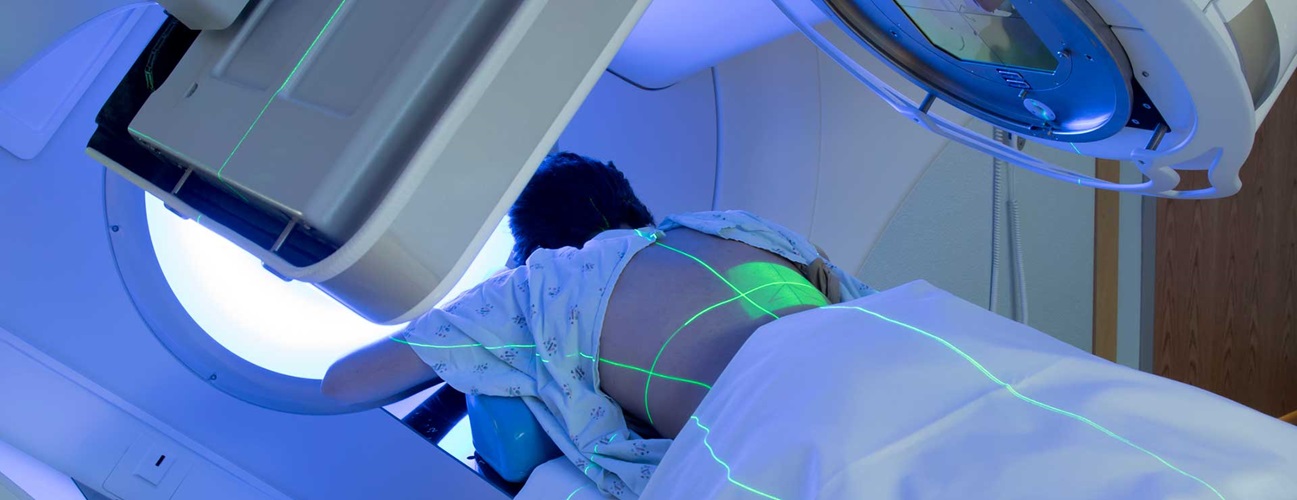
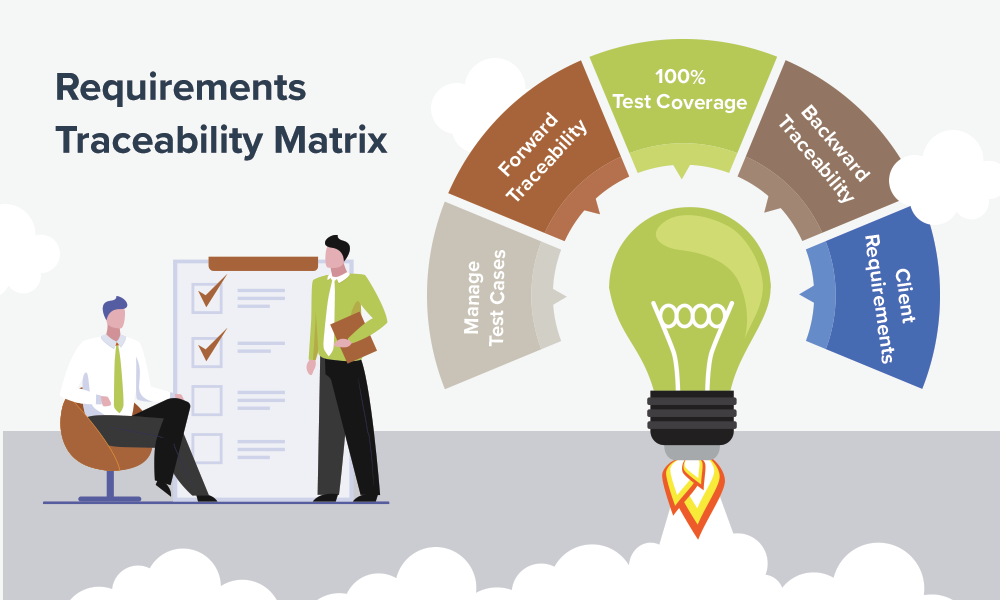
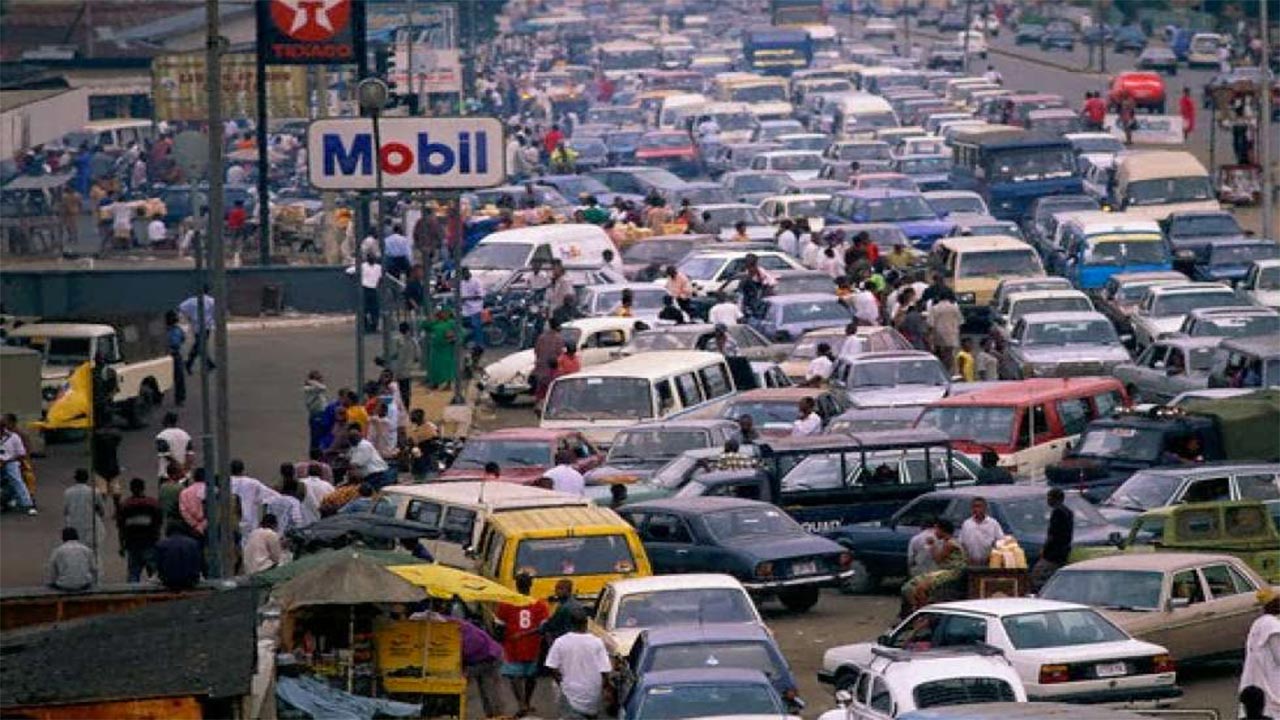
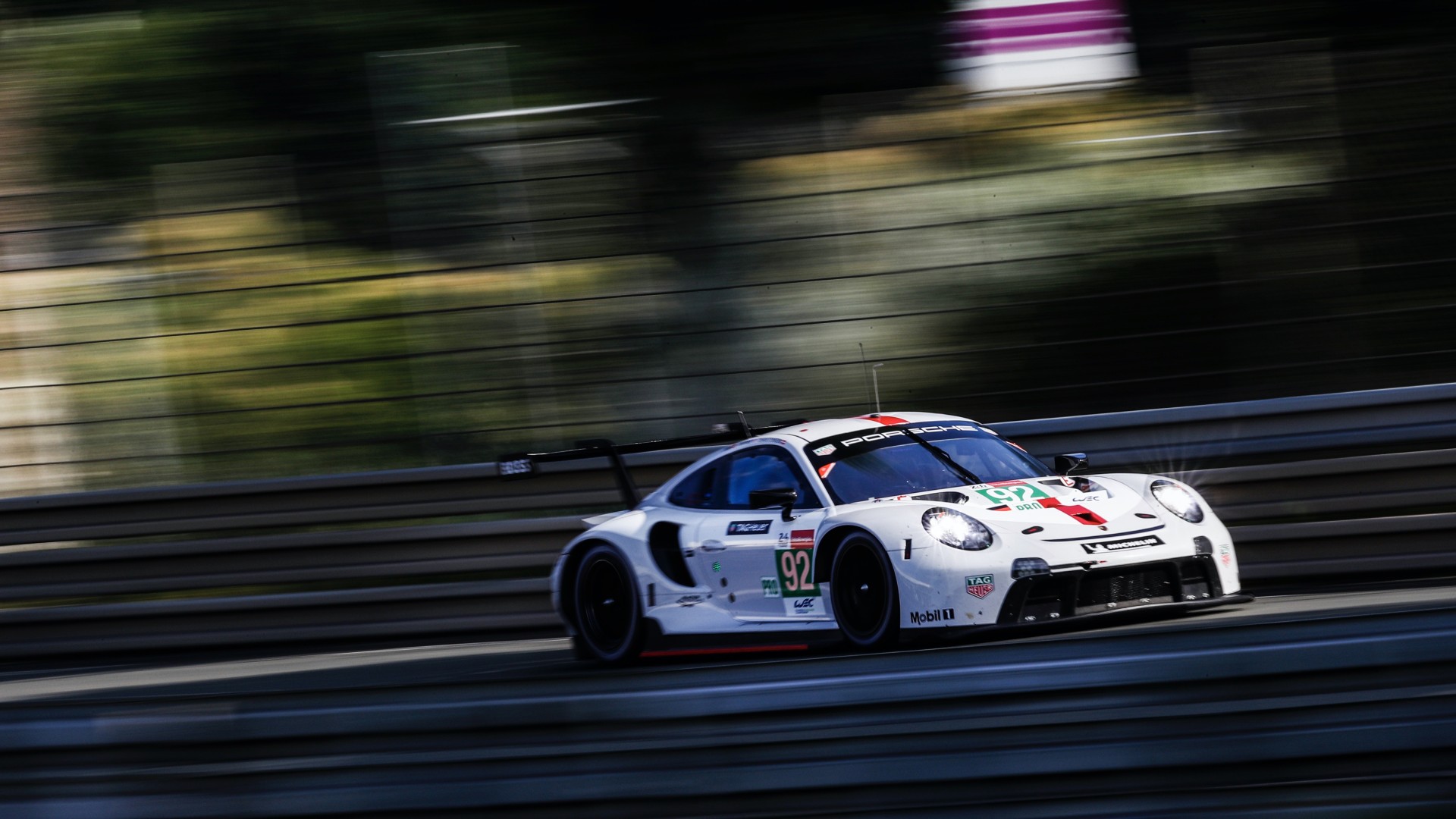
Write a public review